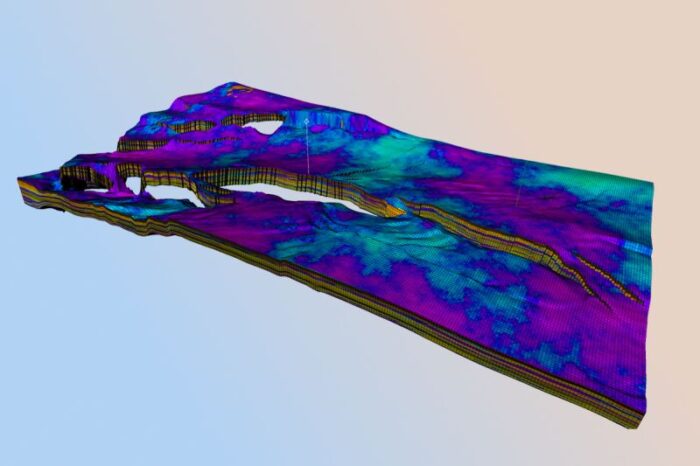Improved injection design and cutting CCS costs
The Large-Scale, Cost-Optimized Storage and Injection Systems (SP4) initiative focused on integrating value chain architecture to enable the development of large-scale storage and CO2 injection hubs. AGR did cost analysis of drilling operations using our in-house developed time and cost estimation software iQx to fully model concept study economics of a full value chain of a large model CCS development.
A trusted source of independent subsurface and drilling expertise for every stage of CCS planning and execution
Many of our clients are pressing ahead and with the support of our experts are bringing together the skill sets required to deliver CCS projects from site evaluation through to injection well drilling, transport and CO2 storage.
They turn to us because of our comprehensive expertise spanning the scientific, technological, and operational complexities of CCS implementation.
With over 20 years of experience and a track record of 65+ CCS projects, we have built a specialist resource that has supported operators and government bodies worldwide in their efforts to reduce CO2 emissions through innovative CCS solutions.
Our clients rely on us as a trusted partner across key disciplines, including geoscience, reservoir and drilling, compliance, HSE, facilities, cost engineering, and CO2 transport vessel design and engineering support from our sister company, Longitude Engineering.





